OMB – structuring the business
In this Blog, Friend Partnership break down key ideas of how to structure a business.
In essence there are three main ways in which a business can be structured: sole trader, partnership or limited company. There are other possibilities, such as a joint ventures or less formal arrangements but for the purposes of this blog I will concentrate on the three mentioned restricting my examination to UK entities.
The choice of entity will depend on a number of factors; banking, commercial risk, requirements of customers/suppliers, public perception, taxation, compliance costs etc.
In a small number of cases businesses may start as a sole trade finally ending up as a limited company once the business is mature.
There is no right or wrong way for a business to be formed but some thought is needed at the outset as it can often be difficult to go against the natural progression – for instance it is difficult to ‘disincorporate’ a limited company once it has been formed.
I will now look at each of the potential structures in turn.
Sole trader
This is the least formal of the structures – i.e. there is no need to register the business with Companies House. Care is needed with regard to business names to make sure that there is no potential risk of challenge. HMRC needs to be notified within three months of the start of the sole trade activity. VAT will need attention to ensure that the VAT threshold is constantly monitored so as to ensure that if appropriate the business is registered for VAT. The registration threshold is currently £82,000.
The results of the sole trade will be reported to HMRC and taxed, as part of the self-assessment regime for the individual sole trader, with the completion of the self-employment pages of the personal income tax return. National Insurance will also be payable in respect of the sole trade activity.
It is very important that individuals remember that there is a tax liability to be paid in respect of the sole trade, the calculation of which may need professional input as it may not simply be the case of paying tax on the profit which has been made.
All businesses need to prepare and retain all paperwork in connection with the business activity to enable the accounting and taxable profits to be calculated.
Typically a sole trade may be appropriate for an individual ‘testing the water’ with a new business idea or perhaps providing their personal services as a consultant having given up employment.
For a sole trader the financing and associated commercial issues may not hamper the activities. However, it will be important for any sole trader to think about appropriate insurances to cover any interactions with the general public or in respect of work done at home.
Partnership
Partnerships are more formal arrangements whereby individuals come together to carry on a particular business.
This may be no more sophisticated than a husband and wife partnership but it can extend to partnerships with many hundreds of partners across the globe.
There are a number of forms which a partnership may take, the most common of which are a general partnership and a limited liability partnership (‘LLP’).
As the name implies the LLP gives the members of the partnership (the partners) protection from creditors should the business fail. A member’s liability is limited to their capital contribution. This protection is not available for a general partnership where a partner’s liability is joint and several and unlimited. The choice of partnership structure will often depend upon the perceived and actual risks involved with the business being undertaken.
A partnership has more formality in that the activities of the partnership will be governed by a partnership agreement which all partners will sign.
As with the sole trade the partners will need to notify HMRC of the creation of the partnership and register for VAT as necessary.
An income tax return will be needed for the partnership even though the partnership tax liability falls on the individual partners (I will deal with this in a later blog).
Formal accounts will need to be prepared for the partnership to support its tax computation.
A partnership can be useful when a group of individuals are coming together to run a business and formality is needed for third parties dealing with the business.
Partnerships can be more flexible arrangements, when compared with a company, if partner changes are expected.
In the past many of those dealing with partnerships have been a little nervous of the structure. This is now changing with the increase in the number of LLPs used for all manner of business and investment activity.
Limited company
This is perhaps the commonest business structure with companies ranging in size from small ‘one man’ companies right through to large multibillion multinational corporations.
A limited company has a number of attractive features: limited liability for the shareholders, gravitas for those dealing with the business, the opportunity for tax planning with certain specific reliefs and structuring possibilities, familiarity for the finance providers, visibility, which can be good or bad depending on the circumstances, and a host of other issues.
A company needs to be formally set up with a name acceptable to Companies House. It needs to prepare and file with Companies House annual financial statements in accordance with prevailing accounting standards, it also needs to account for corporation tax, VAT and PAYE and NIC in respect of its employees. PAYE and NIC compliance will also be relevant for a sole trader and partnership if the business has employees. The accounts will be in the public domain which can be a problem for some wishing to keep the financial performance of the business activities ‘under wraps’. However, smaller entities can file abbreviated accounts.
The company can have as many shareholders as it likes but it must have at least one director. A company secretary is no longer necessary but the role can be important in certain tax scenarios.
One important point, which is often overlooked by smaller companies and those involved with them, is the fact that company money is not personal money. There are plenty of issues to be considered when individual owners wish to access company money.
As with partnerships there are costs involved in creating the corporate structure and operating it on an annual basis.
The choice of structure will depend on a number of factors. However, a little care and attention at the outset will ensure that expensive mistakes are not made by setting up a structure which is found to be unnecessary or unwieldly once the business gets going.
My next blog will look at the tax treatment of the three structures which is quite different for each.

Friend Partnership is a forward-thinking firm of Chartered Accountants, Business Advisers, Corporate Finance and Tax Specialists, based In The UK
Share this page:





